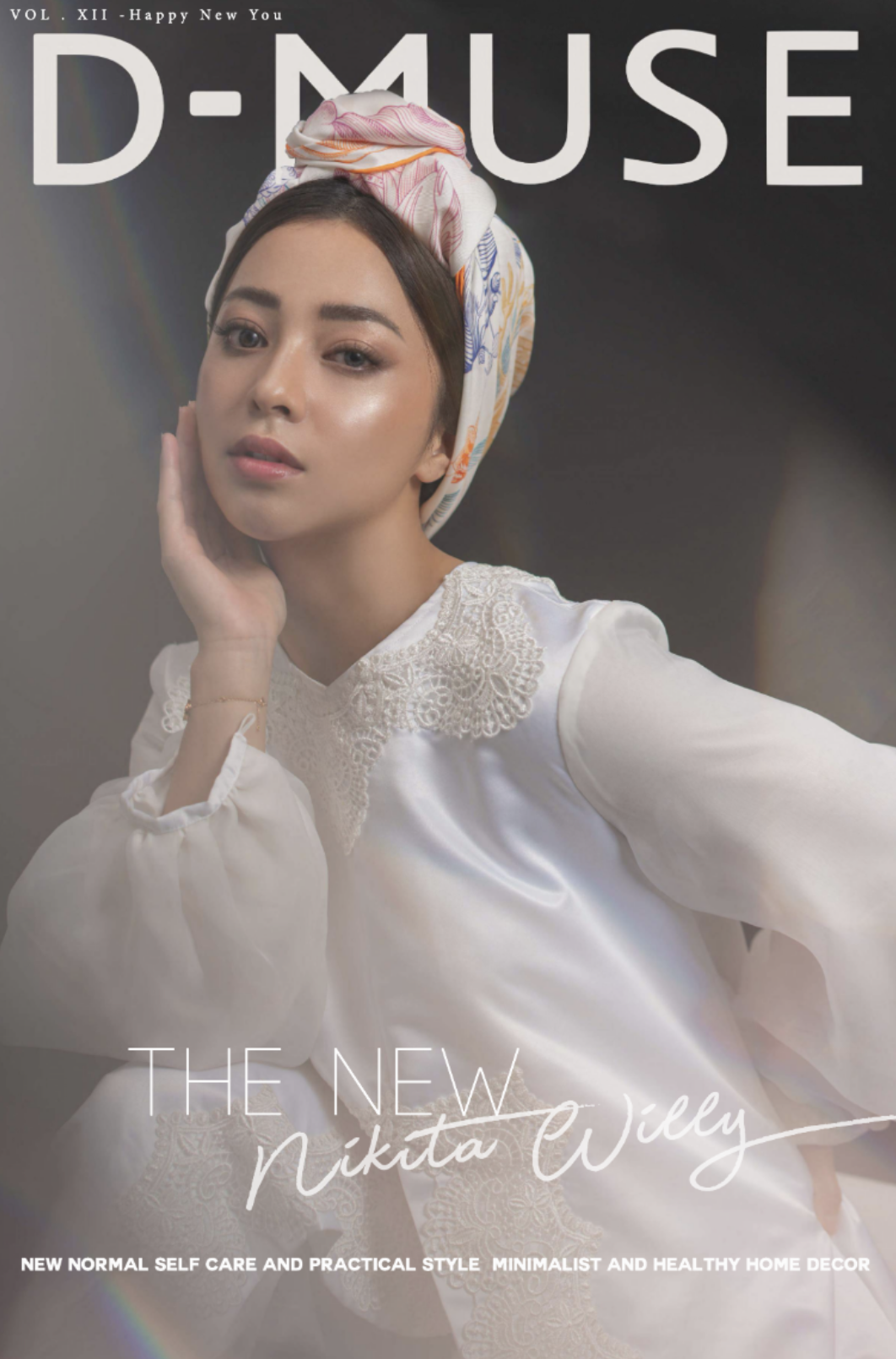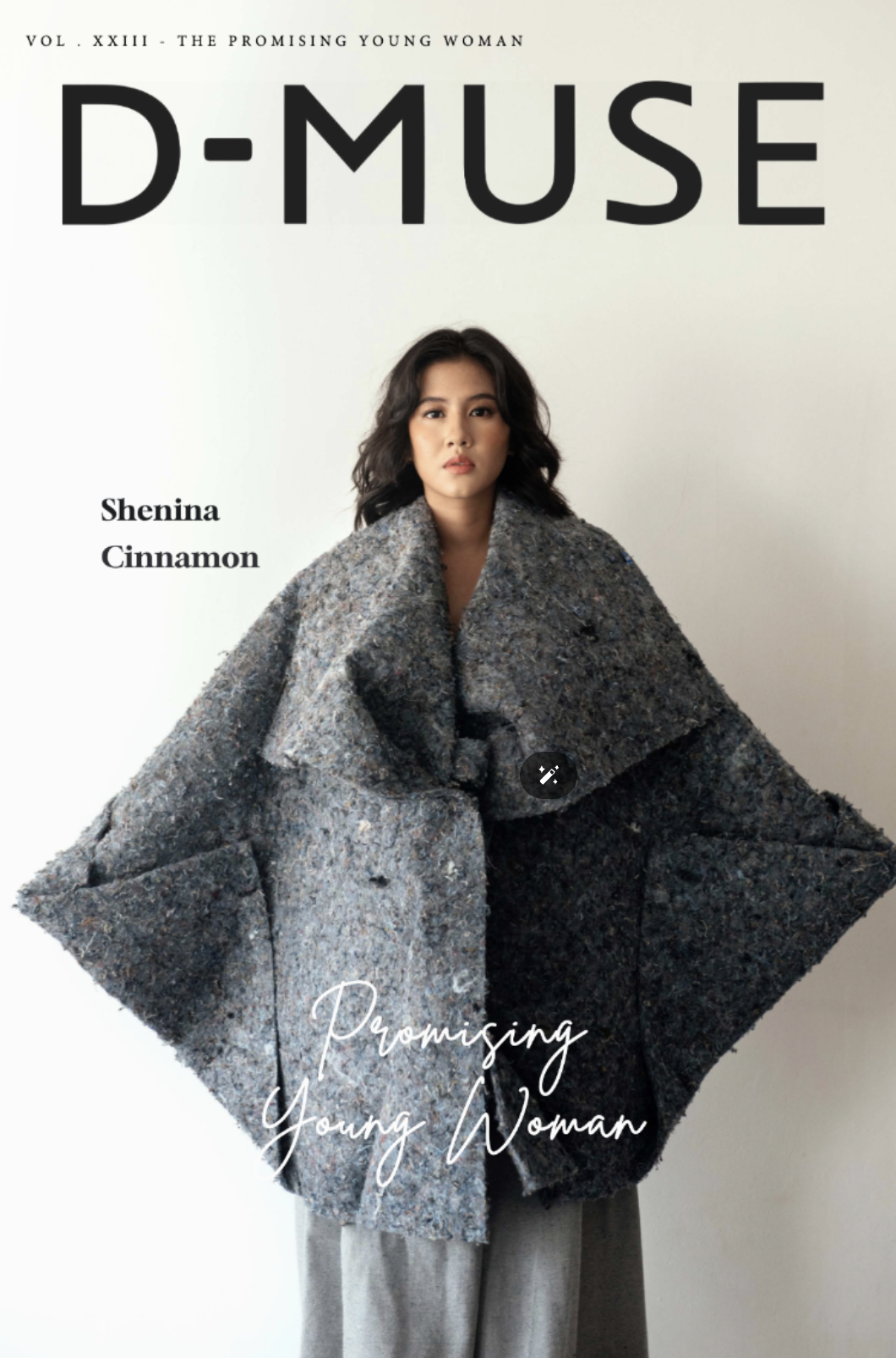
Connects you with your favorite muse
In Indonesia, the spirit of Kartini, an emblematic figure of women’s empowerment and education, is celebrated every year. Modern Indonesian women continue to embody her values, pushing boundaries and breaking glass ceilings in various fields. D’Muse Magazine has featured several influential Indonesian women on its cover, highlighting their achievements and contributions as modern-day Kartini.
Here are the prominent women who have graced the cover and are poised as inspirations for others across the nation:
Cinta Laura, an actress and singer, has made significant strides both locally and internationally. Beyond her entertainment career, Cinta is known for her academic prowess and her work in social issues, including education and women’s rights. Her ability to juggle multiple domains successfully makes her a role model for young women striving for versatility and impact.

Despite facing personal adversities that gained public attention, Manohara Odelia Pinot emerged as a strong advocate for women’s rights and mental health. Her courage in addressing sensitive issues and her commitment to social activism highlight her as a modern Kartini, encouraging resilience and advocacy among her followers.

Known for her fitness enthusiasm and as a lifestyle influencer, Jennifer Bachdim inspires women to prioritize their health and well-being. Her approachable content on wellness and family life encourages Indonesian women to maintain balance while pursuing their personal and professional goals.

Nia Ramadhani, a celebrated actress and television host, has been in the spotlight since her early teens and has grown into a symbol of modern motherhood and entrepreneurship in Indonesia. Beyond her acting career, Nia has ventured into business, leveraging her platform to promote fashion and lifestyle brands. Her journey from a teen actress to a successful businesswoman and dedicated mother offers a powerful narrative about balancing personal aspirations with family life.

Starting her career in entertainment at a very young age, Nikita Willy quickly became a household name in Indonesia through her roles in numerous soap operas and films. Nikita’s transition into a savvy businesswoman, running her own beauty brand, showcases her multifaceted talents and her commitment to empowering women to feel confident and beautiful. Her philanthropic efforts, particularly towards children’s education and welfare, echo Kartini’s ideals of enlightenment and societal improvement.

Shenina Cinnamon, a young and vibrant actress, represents the new wave of Indonesian talent in the film industry. Known for her roles that often challenge traditional norms, Shenina uses her platform to advocate for mental health awareness and gender equality. Her choice of roles and public presence embody the progressive spirit of the youth, making her an icon for young women who aspire to break stereotypes and make meaningful changes in society.

These women, through their diverse careers and impactful lives, continue to inspire a new generation of Indonesians. They reflect the spirit of Kartini by demonstrating that women’s roles in society are not confined to traditional paths but are expansive and dynamic. By showcasing these figures, D-Muse Magazine not only highlights their individual successes but also the broader potential of Indonesian women to lead, inspire, and revolutionize their respective fields.
Follow D-Muse to stay current with fashion trends, lifestyle tips, and exciting events. DM us @dmusemagz now to get all the information you need!
Hey there, fashion enthusiasts! Today, we’re diving into the beautiful world of the kebaya, an iconic Indonesian garment that not only represents fashion but also embodies heritage and national pride. As we approach Kartini Day—a day dedicated to honoring women’s empowerment in Indonesia—there’s no better time to explore the significance of the kebaya and its rich history. So, let’s get started!
In Southeast Asia, the kebaya stands tall as a symbol of culture and identity. While it originated in Indonesia, this traditional outfit has made its mark across Brunei, Malaysia, Singapore, and southern Thailand, each region adding its own unique twist. With every stitch and design, the kebaya narrates a historical saga, celebrating the diverse cultures of Southeast Asia.
So, where did the kebaya come from? Well, its story is as rich as its fabric! The kebaya is believed to trace its origins back to the Middle East, specifically from the Turkic word “qaba,” which comes from the Persian term for a “robe of honor.” By the time the Portuguese arrived in Java in 1512, the open-fronted kebaya was already a beloved garment among Javanese royals and elites.
Fashion historians Linda Welters and Abby Lillethun, in their book “Fashion History: A Global View,” detail that the term “kebaya” evolved from the Portuguese word “caba” or “cabaya,” which translates to “tunic.” Originally, kebayas were worn by both men and women, but by the 19th century, they became exclusively associated with women’s fashion in Southeast Asia.
Traditionally, the kebaya was paired with a batik sarong, creating a stunning ensemble that gained immense popularity among Dutch women in the Dutch East Indies. This combination was also embraced by Muslim women seeking a modest yet fashionable dress code.
As time went on, the kebaya evolved to adapt to the tropical climate, resulting in various styles. The kebaya panjang features a knee-length blouse often adorned with beautiful brooches, while the kebaya kartini is favored by Javanese nobility. Other versions, like the kebaya kutabaru (which has a material underneath resembling a kemben) and the vibrant, embroidered kebaya nyonya, showcase the versatility and artistry of this garment.

Fast forward to today, and the kebaya remains a staple in Southeast Asian fashion. Local artisans have embraced the kebaya and added their own flair. In Bali, women typically fasten their kebaya with a colorful sash, while in Java, a classic white kebaya edged with European lace continues to be a popular choice. This style was introduced during the colonial era, adding a unique touch to the traditional garment.
In Brunei, kebayas often feature luxurious songket fabric woven with gold threads, reflecting local tastes and traditions. The kebaya is not just a piece of clothing; it’s a canvas for creativity and cultural expression!
The kebaya has also played a significant role in history, serving as a symbol of resistance and pride. During World War II, Javanese women in internment camps wore the kebaya as a sign of rebellion against oppression. Its resilience was further solidified when, in 1945, it was declared Indonesia’s national dress. By the mid-20th century, the kebaya had become the chosen uniform for female crew members of several Southeast Asian airlines, showcasing its enduring appeal.
Today, the kebaya is celebrated not just as everyday attire but also as festive wear. You can spot this beautiful garment at special events like Peranakan weddings in Penang or casually worn by women in Bali.
Particularly on Kartini Day, celebrated every April 21st in Indonesia, the kebaya is proudly donned by women across the nation. This day, named after the legendary figure Raden Ajeng Kartini, symbolizes women’s empowerment and the ongoing fight for gender equality.
Wearing the kebaya on this day is not just about honoring tradition; it’s a statement of pride and resilience. Women wear it to celebrate their heritage and the strides made toward women’s rights in Indonesia.
In recent years, the kebaya has been reimagined by contemporary designers, making it more accessible to younger generations. Modern kebaya styles incorporate innovative fabrics, trendy cuts, and artistic embellishments, ensuring that this traditional outfit remains relevant in today’s fashion landscape.
Social media has also played a significant role in promoting the kebaya, with influencers and fashionistas showcasing their unique interpretations. This has sparked a renewed interest in the kebaya, attracting both local and international audiences.

The kebaya is more than just an outfit; it’s a beautiful representation of Indonesian culture, heritage, and the strength of women. As we celebrate Kartini’s Day, let’s take a moment to appreciate the kebaya’s journey from its historical roots to its current status as a fashion icon.
Whether you’re wearing it for a special occasion or just to express your cultural pride, the kebaya is a garment that tells a story—your story. So, go ahead and embrace this stunning piece of history, and let it inspire you to celebrate your own heritage and the women who paved the way for future generations.
Happy Kartini Day, and may your kebaya always shine with pride!
Source: BBC, Prambors
Follow D-Muse to stay current with fashion trends, lifestyle tips, and exciting events. DM us @dmusemagz now to get all the information you need!